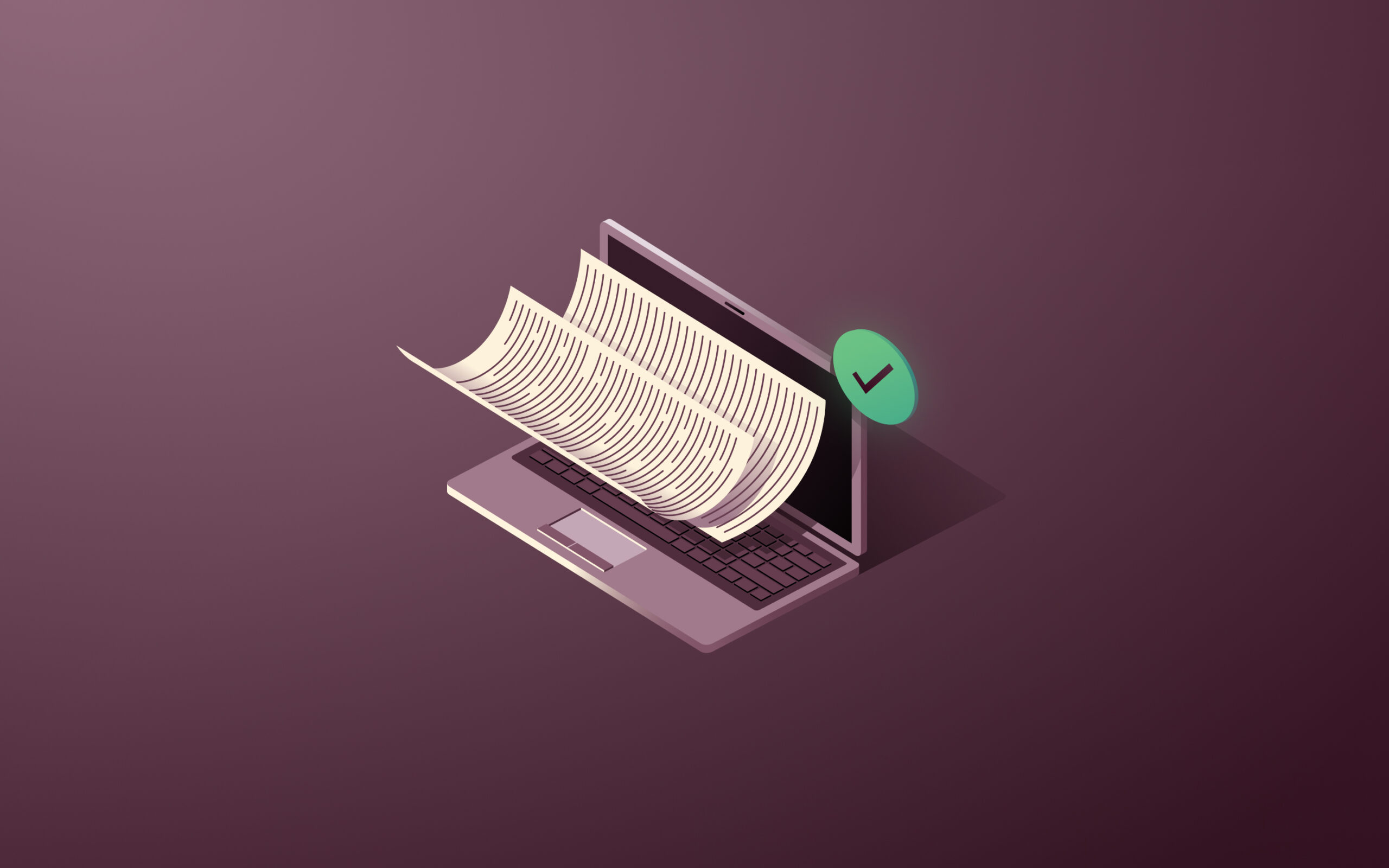Professional Employees Award [MA000065] employment types, rostering, and breaks
In this article
The Professional Employees Award [MA000065] outlines employment structures and workplace conditions specifically for Australia's professional sectors. This award encompasses various professional roles, including those in IT, finance, and engineering services.
Employers must understand the different employment types recognised by this award and adhere to the stipulated guidelines for scheduling work hours. Additionally, the award includes detailed provisions for breaks and rest periods, essential for maintaining compliance and supporting the well-being and productivity of professional employees. This overview seeks to provide clear insights into the employment expectations and requirements dictated by the Professional Employees Award.
Note: The information provided in this article is accurate as of 04/09/2024. As award conditions and rates are subject to change, please refer to the latest version of the Professional Employees Award for the most current information.
Professional Employees Award employment types
Understanding how the Professional Employees Award classifies various types of employment is key to ensuring effective workforce management and compliance. This award delineates employees based on their employment terms and working hours, providing structured guidelines to ensure proper categorisation and benefits.
The Professional Employees Award includes the following employment types:
Full-time: Employees typically work 38 hours per week, enjoying consistent schedules and job security.
Part-time: Employees work fewer hours than full-time, with hours specified in contracts. Benefits are proportional to their hours worked.
Casual: Employees work on an as-needed basis without guaranteed hours. They receive a higher hourly rate to compensate for the lack of job security and benefits.
The award also applies to on-hire employees, ensuring they’re engaged under the same terms as direct employees when working within the professional sector.
Ordinary hours under the Professional Employees Award
Ordinary hours refer to the standard agreed-upon working hours, excluding overtime. The Professional Employees Award outlines specific guidelines for ordinary working hours across different employment types. The award doesn’t impose restrictions on the days of the week or the span of hours during which employees can work, allowing for greater flexibility in scheduling to meet both operational and individual needs.
Employment type | Details | Notes |
|---|---|---|
Full-time | 38 hours per week | Can average 38 hours over a period of up to 13 weeks |
Part-time | Less than 38 hours a week | Hours specified in the contract |
Casual | Up to 38 hours per week | Minimum engagement is two consecutive hours |
On-hire | As per the contract with the hire agency | Conditions equivalent to direct employees |
Tips for effective management of work hours
To improve efficiency and ensure compliance with the Professional Employees Award 2020, consider the following approaches:
Track employee hours: Regularly track employees' hours worked to ensure they remain within the stipulated ordinary hour limits. Utilise robust tracking systems to help managers monitor work hours and quickly address any discrepancies.
Implement flexible scheduling: Provide scheduling options that cater to both the business's operational needs and the personal needs of employees. Flexibility in scheduling helps employees balance their personal lives with their professional duties, contributing to a better work-life balance.
Conduct routine reviews: Regularly examine work-hour records to identify any irregularities that might lead to non-compliance. By proactively adjusting schedules, you can avoid potential issues, thereby maintaining a balance between operational requirements and employee well-being.
Foster open communication: Promote a workplace culture where employees feel comfortable discussing their work schedules. Maintain open and transparent communication channels to ensure that any changes or decisions regarding work hours are clearly understood and mutually agreed upon.
Professional Employees Award rostering
Rostering involves scheduling employees' work shifts and hours.
The Professional Employees Award provides specific guidelines for developing and managing employee rosters. These guidelines ensure that Professional Employee award rostering practices are fair and foster a working environment that’s both balanced and efficient.
Roster management | Notes |
|---|---|
Regular and predictable hours | The ordinary hours of work for each full-time and part-time employee should be regular, predictable, and agreed upon in writing before the commencement of the role. |
Notice periods | The Professional Employees Award 2020 doesn’t explicitly stipulate a notice period for roster changes. It only mentions that employers must consult with employees about changes to regular rosters or ordinary hours of work, considering their views, especially regarding the impact on their family or caring responsibilities. |
Flexible working requests | Employees have the right to request flexible working arrangements for various reasons, such as family obligations. Employers must carefully consider these requests in line with the National Employment Standards (NES) and can only reject them on reasonable business grounds. |
Strategies for effective roster management
Below, you can find several strategies tailored to the requirements of Professional Employees Award rostering:
Plan ahead: Plan rosters well in advance to ensure adequate staffing and minimise disruptions. This enhances predictability and helps distribute workloads evenly.
Employee consultation: Consult with employees regarding changes to their regular rosters or ordinary hours of work. Provide them with information about the proposed changes and consider their feedback, particularly regarding family or caring responsibilities.
Conduct regular evaluations: Periodically review rosters to ensure they align with operational needs and support employee well-being. Adjust as necessary to maintain both efficiency and employee satisfaction.
Maintain clear communication: Maintain open communication about rostering policies. Ensure you clearly document and communicate any changes to the roster to all affected employees, allowing them to prepare accordingly.
Train managers: Equip managers with the skills and knowledge necessary to manage rosters in compliance with the Professional Employees Award. Training should cover consultation processes, handling change requests, and ensuring compliance with relevant regulations.
Professional Employees Award breaks and rest periods
The Professional Employees Award doesn’t explicitly outline specific break entitlements. However, the general standards provided by Fair Work and the NES can be applied. Here's an outline of these provisions:
Type of break | Details |
|---|---|
Unpaid meal breaks | Under the NES, it’s common for employees to receive a 30 to 60-minute unpaid meal break if they work more than 5 hours at a stretch.This ensures employees have adequate time to rest and eat during their workday. |
Paid rest breaks | Employers often provide a 10-minute paid rest break for every four hours of continuous work to align with common practices under the NES. |
Advice on scheduling breaks
Proper management of breaks can greatly enhance employee satisfaction and productivity. Here are some practical strategies:
Encourage break utilisation: Foster a workplace culture that actively promotes taking breaks. Emphasise the importance of these breaks for mental and physical rejuvenation, which is essential for maintaining high productivity and service quality. Regular breaks can prevent burnout and improve overall well-being.
Maintain open communication: Establish clear communication channels for employees to share their preferences or concerns regarding break times. While the award may not specify break schedules, being flexible and accommodating individual needs within general guidelines can improve break usage and overall job satisfaction.
Monitor regularly: Monitor break schedules to ensure they’re followed correctly. Regular oversight helps identify any deviations from expected practices, allowing for timely adjustments to maintain a supportive work environment. Ensure that all employees understand the importance of taking regular breaks and that management supports this practice.
Proactively educate staff: Provide ongoing training for both employees and managers about the general principles of effective break management. While the Professional Employees Award doesn’t specify break entitlements, ensuring everyone understands the importance of breaks and the best practices for taking them helps uphold a healthy work culture.
Professional Employees Award practical application: Example
‘Tech Solutions Inc.,’ a busy IT consulting firm, faced challenges managing work hours and breaks while adhering to the Professional Employees Award. Michael, the operations manager, aimed to streamline operations and ensure that work hours and breaks were managed effectively.
Challenges
Irregular rosters: Initially, rosters weren’t predictable, causing difficulties for employees managing personal schedules.
Overtime management: Employees often worked beyond their ordinary hours without clear compensation or time off.
Break utilisation issues: Ensuring employees took regular breaks without disrupting ongoing projects was challenging.
Resolution
Updated rostering practices: Michael ensured that rosters were planned well in advance, giving employees ample notice of their work schedules. This advanced planning helped maintain a predictable and balanced workload. He also engaged in regular consultation with employees regarding changes to rosters, ensuring to consider their preferences and personal commitments.
Overtime management: He implemented a digital system to track hours worked, ensuring that any time beyond the ordinary 38 hours per week was either compensated as overtime or taken as time off in lieu. Remote working employees or those working outside regular hours were required to log their hours, ensuring transparency and accurate compensation.
Improved break management: Although the Professional Employees Award doesn’t specify detailed break requirements, Michael introduced a policy encouraging employees to take breaks for their well-being.
Outcome
By adopting these strategies, Tech Solutions Inc. effectively managed its full-time, part-time, and casual employees, aligned with the Professional Employees Award 2020, and improved overall employee satisfaction and productivity. This resulted in a more organised and efficient work environment.
Key takeaways recap
In summary, here are the essential points and recommendations to ensure compliance with the Professional Employees Award [MA000065]:
Coverage: The award covers a wide range of professional roles in sectors such as IT, finance, engineering, medical research, and quality auditing. It applies to employers and employees who fit within the classifications outlined in the award, ensuring standardised conditions and benefits across these professional industries.
Employment types: The award includes full-time, part-time, and casual employees.
Ordinary hours: Full-time employees work 38 hours per week, which can be averaged over up to 13 weeks. Part-time employees work fewer hours as specified in their contracts, while casual employees can work up to 38 hours per week with a minimum engagement of two consecutive hours.
Breaks and rest periods: Although the award doesn’t specify detailed break requirements, general guidelines from Fair Work and the NES apply. These typically include a 10-minute paid rest break for every 4 hours worked and a 30 to 60-minute unpaid meal break if working more than 5 hours. Employers should encourage regular breaks to promote employee well-being and productivity.
Rostering rules: The award requires that full-time and part-time hours be regular, predictable, and agreed upon in writing. Employers must consult with employees about changes to regular rosters or ordinary hours, considering their views and the impact on their family or caring responsibilities. Employees also have the right to request flexible working arrangements, which employers must consider in line with the NES.
Simplifying Professional Employee ordinary hours, rostering, and break management
Understanding ordinary hours and effectively managing rosters and breaks is key to adhering to modern awards. Rippling's centralised platform provides robust tools to streamline scheduling, monitor hours, and handle breaks efficiently. Key features include:
Smart rostering: Create compliant rosters with a fair distribution of shifts and required rest periods.
Automated time tracking: Automatically track employee hours from clock-in to payslip, eliminating manual data entry.
Break tracking: Automatically track meal and rest period entitlements.
Hours monitoring: Accurately monitor and record employee working hours.
Compliance reporting: Generate reports on hours worked, breaks taken, and rostering patterns.
With Rippling, you can do more than just meet award compliance requirements; you can exceed them.
Disclaimer
Rippling and its affiliates do not provide tax, accounting, or legal advice. This material has been prepared for informational purposes only, and is not intended to provide or be relied on for tax, accounting, or legal advice. You should consult your own tax, accounting and legal advisers before engaging in any related activities or transactions.
Hubs
Author
The Rippling Team
Global HR, IT, and Finance know-how directly from the Rippling team.
Explore more
See Rippling in action
Increase savings, automate busy work, and make better decisions by managing HR, IT and Finance in one place.

























































































